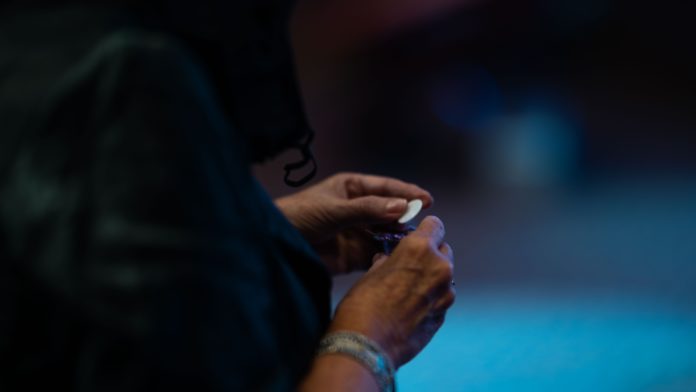
In February 1908, reported anarchist Guiseppe Alia murdered Father Leo Heinrichs as the priest handed out communion wafers in a Catholic church where Denver’s Auraria campus now sits. According to a July 1908 article in the Glenwood Post, Heinrichs had just placed the wafer upon Alia’s tongue and started to say, ‘‘Take, eat; this is my body—’’ before Alia “spat the blessed morsel from his mouth,” and shot Heinrichs in front of the altar.
The Pueblo Sun published a United Press report the next month that at Heinrich’s funeral service held in New Jersey, the building was so full, nearly 3,000 people waited in the rain outside. Roughly 50 other priests were also in attendance.
The United Press also reported, “A rumor of intended demonstration by anarchists caused the police to be alert but there was no outbreak.” The Brush Tribune reported that “almost the same hour that the body of Father Leo Heinrichs arrived in [New Jersey] … his assassin, Guiseppe Alia, was taken from his cell in the county jail to the West Side [of Denver] court.” The Brush Tribune noted Alia pleaded not guilty and Judge Greeley Whitford set his trial date as March 9.
According to the Glenwood Post, Alia was motivated by an intense hatred toward the Catholic church and priesthood. The local outlet reported “Alia, as the black cap was placed over his head shouted: ‘Vive Italy! Vive the Protestant church!’”
The Glenwood Post reported that shortly before he was hanged for the assassination of Heinrichs, he also said, “Down with the Catholic church and to hell with Priests.” Reportedly, Alia claimed he worked with Heinrichs in Portugal and allegedly said the priest “had ruined his family and fled the country.” Alia claimed he followed Heinrichs “all over the world for the purpose of killing him.”
Alia said he was “ready to die” for his crimes and that “he had carried out his life’s work.” He was executed July 18, 1908.
The Glenwood Post noted the murder “awakened anxiety throughout the Catholic world lest it should prove the beginning of a general plan of priest-murder.”

